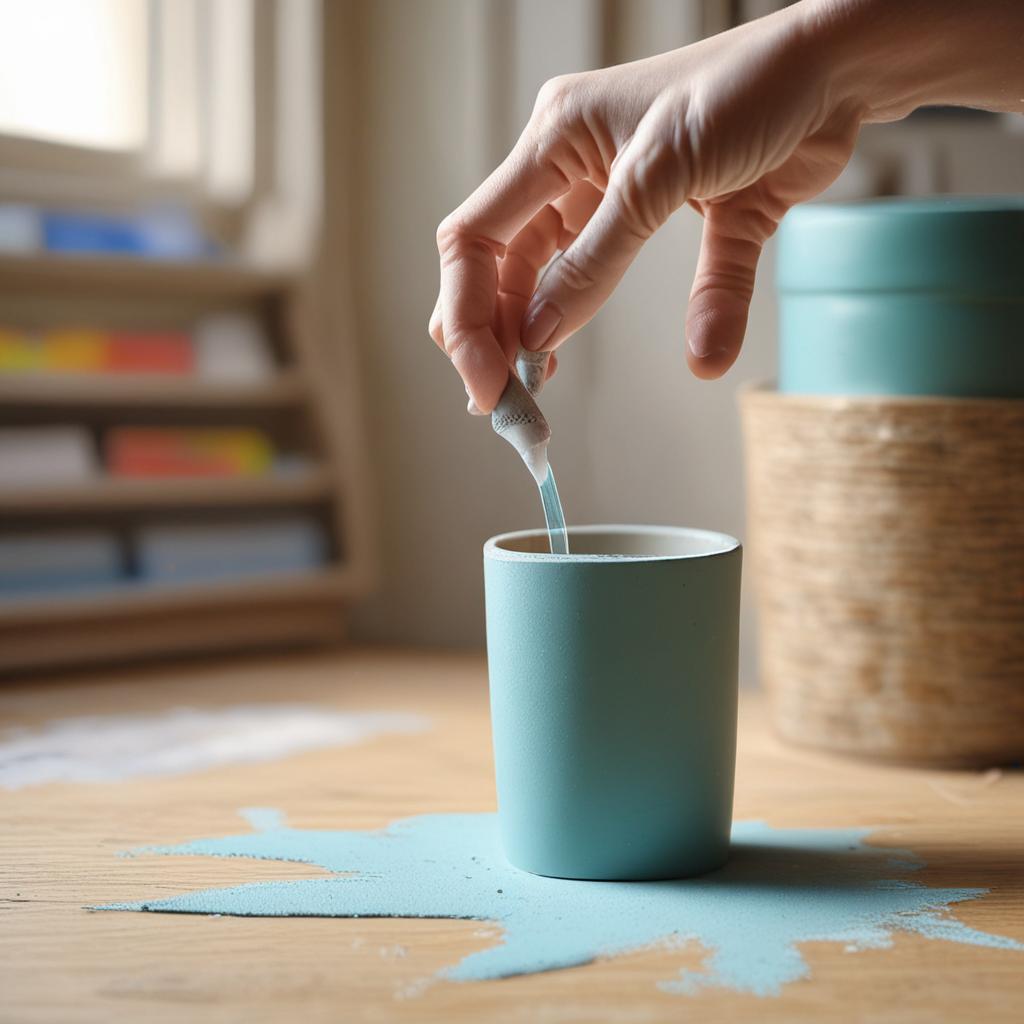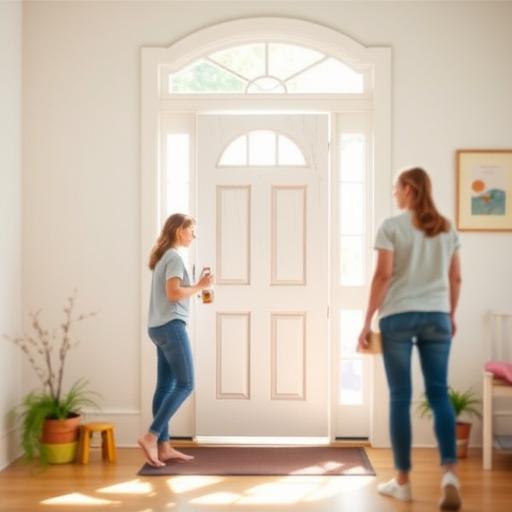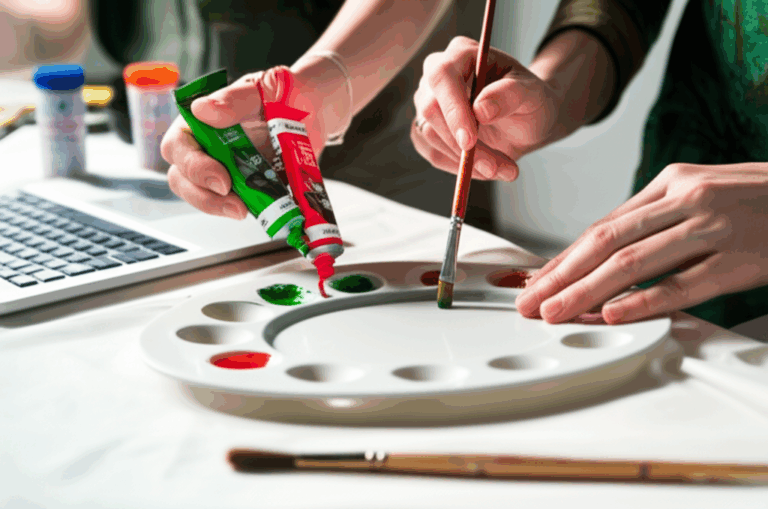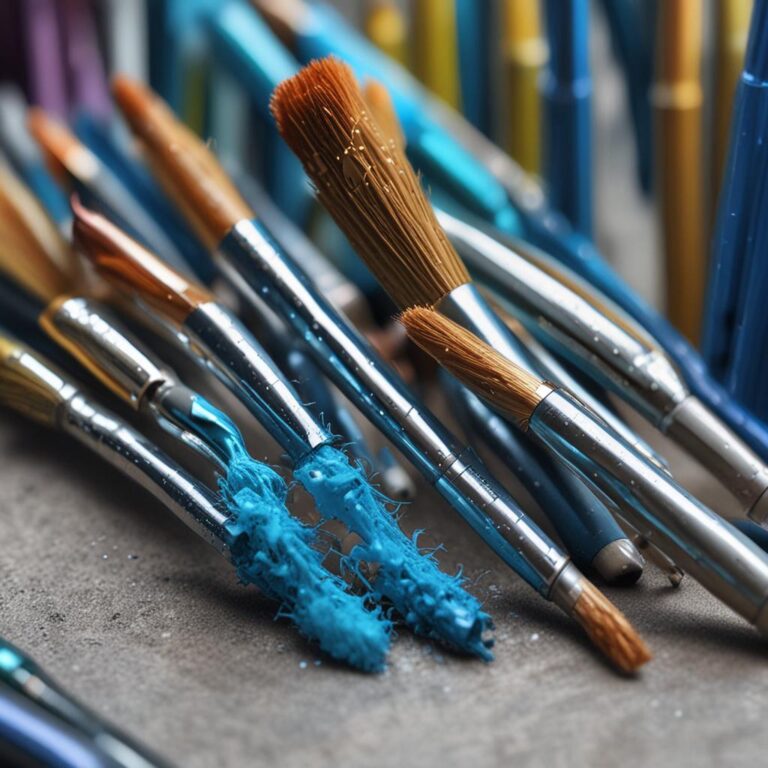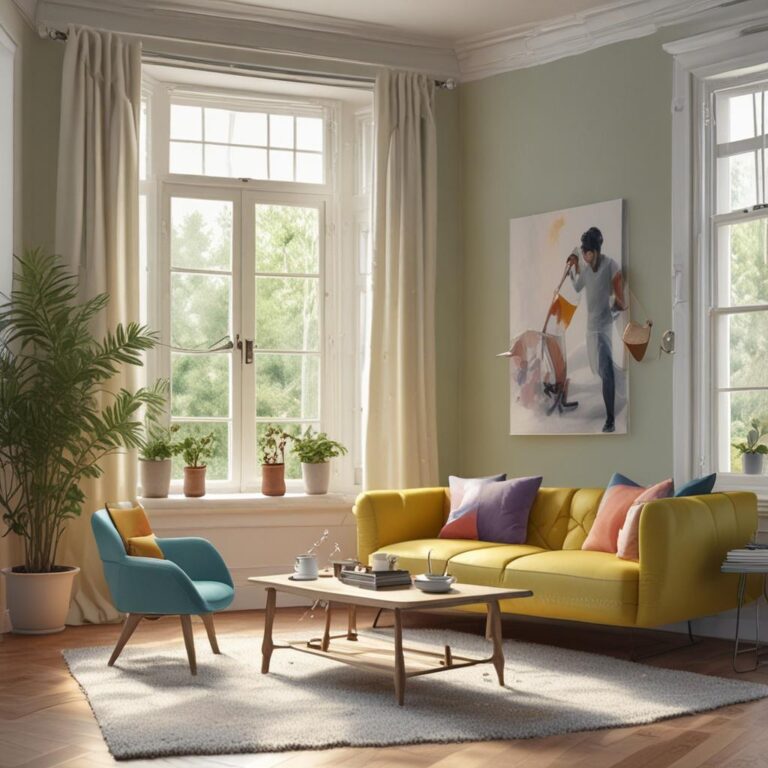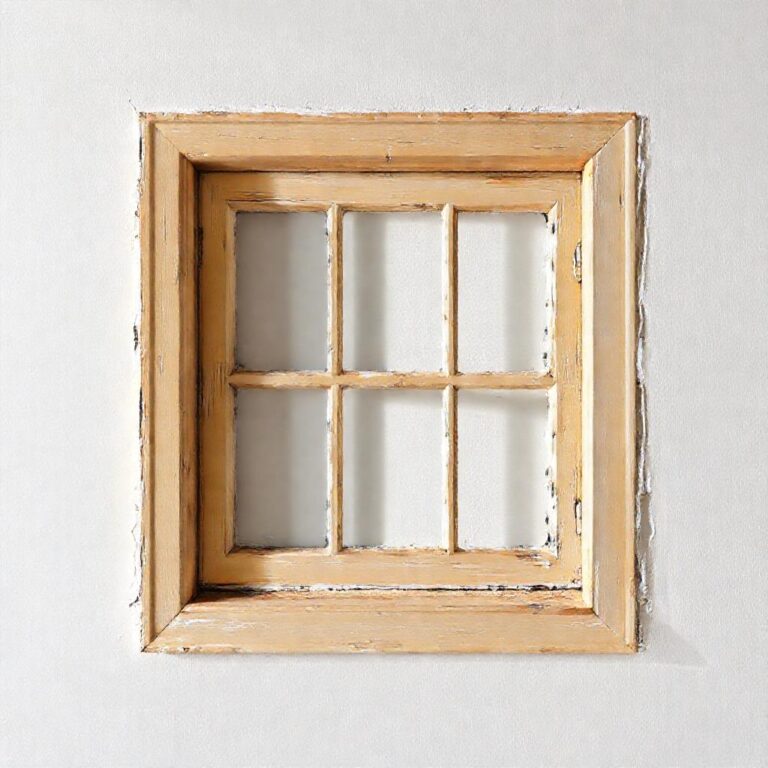How to Make Chalk Paint
Chalk paint has become a favorite among DIY enthusiasts for its matte, vintage finish and versatility in transforming furniture, walls, and crafts. Making your own chalk paint at home is not only cost-effective but also allows for customization to suit your unique projects. Unlike store-bought options, homemade chalk paint eliminates the need for sanding or priming, making it an eco-friendly and beginner-friendly choice. Whether you’re upcycling old furniture, creating chalkboard surfaces, or adding farmhouse charm to your decor, this guide will walk you through the simple process of making chalk paint with just a few basic ingredients.
Gather the Necessary Materials for DIY Chalk Paint
Essential Ingredients
To make chalk paint, you’ll need a few key ingredients. The base is latex paint, preferably in a matte finish, which can be interior or exterior grade. The star ingredient is chalk powder, also known as whiting powder or calcium carbonate, which gives the paint its signature texture and matte look. Optional additives include cornstarch or white glue for better binding and water to adjust consistency. For custom colors, acrylic paint or mica powder can be used as tinting agents.
Tools Required
Having the right tools on hand ensures a smooth process. You’ll need a mixing container, such as a glass jar or bucket, and a stirring tool like a wooden spoon or drill mixer. Measuring tools like a scale or measuring cups help maintain accurate ratios. A funnel is useful for transferring the paint to storage jars, and a fine mesh strainer can help achieve a smoother texture if needed.
Safety Precautions
When working with chalk powder, it’s important to take safety measures. Wear gloves and a mask to avoid inhalation or skin contact. Work in a well-ventilated area to minimize exposure to dust. Clearly label your containers to prevent mix-ups and ensure safe storage.
Basic Process to Make Chalk Paint at Home
Mixing Ratios for Chalk Paint
The standard ratio for chalk paint is 1 part chalk powder to 2 parts latex paint. For example, mix 1 cup of chalk powder with 2 cups of paint. You can adjust this ratio by adding cornstarch for durability or water for a thinner consistency, depending on your project needs.
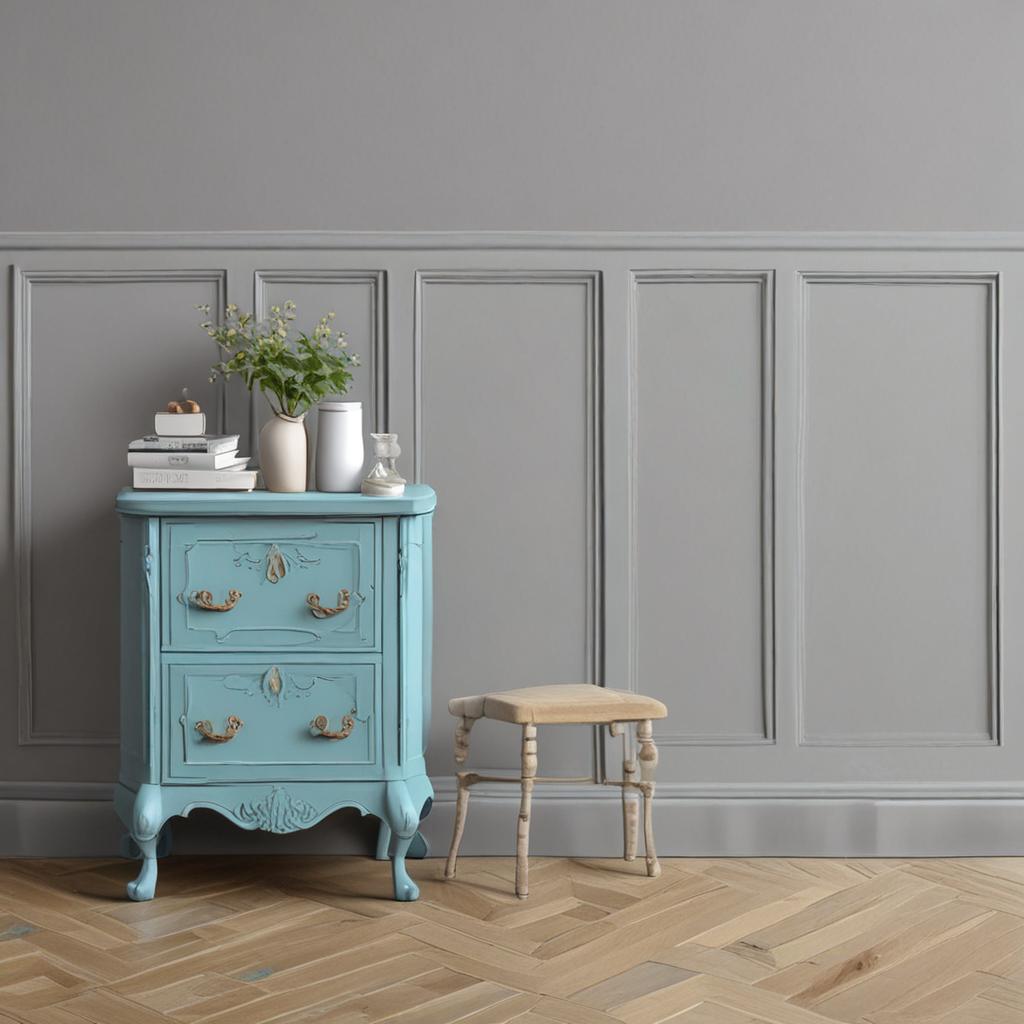
Step-by-Step Mixing Instructions
Start by combining the chalk powder and latex paint in your mixing container. Stir thoroughly until the mixture is smooth and free of clumps. Test the consistency and adjust by adding water or more chalk powder as needed. Once the mixture is ready, strain it through a fine mesh strainer to remove any lumps, then transfer it to an airtight jar for storage.
Troubleshooting Common Issues
If your mixture is lumpy, add more water or strain it again. If the paint is too thin, incorporate more chalk powder. In case of separation, stir well before use or add binding agents like cornstarch to stabilize the mixture.
Customizing Your Chalk Paint for Unique Projects
Adding Color and Texture
Customize your chalk paint by adding acrylic paint or mica powder to create unique colors. Experiment with ratios to achieve bold or subtle shades. For a textured finish, mix in fine sand or marble dust.
Infusing Scents or Eco-Friendly Additives
Add a few drops of essential oils, like lavender or eucalyptus, to give your paint a pleasant scent. For an eco-friendly twist, use natural pigments or recycled materials in your mixture.
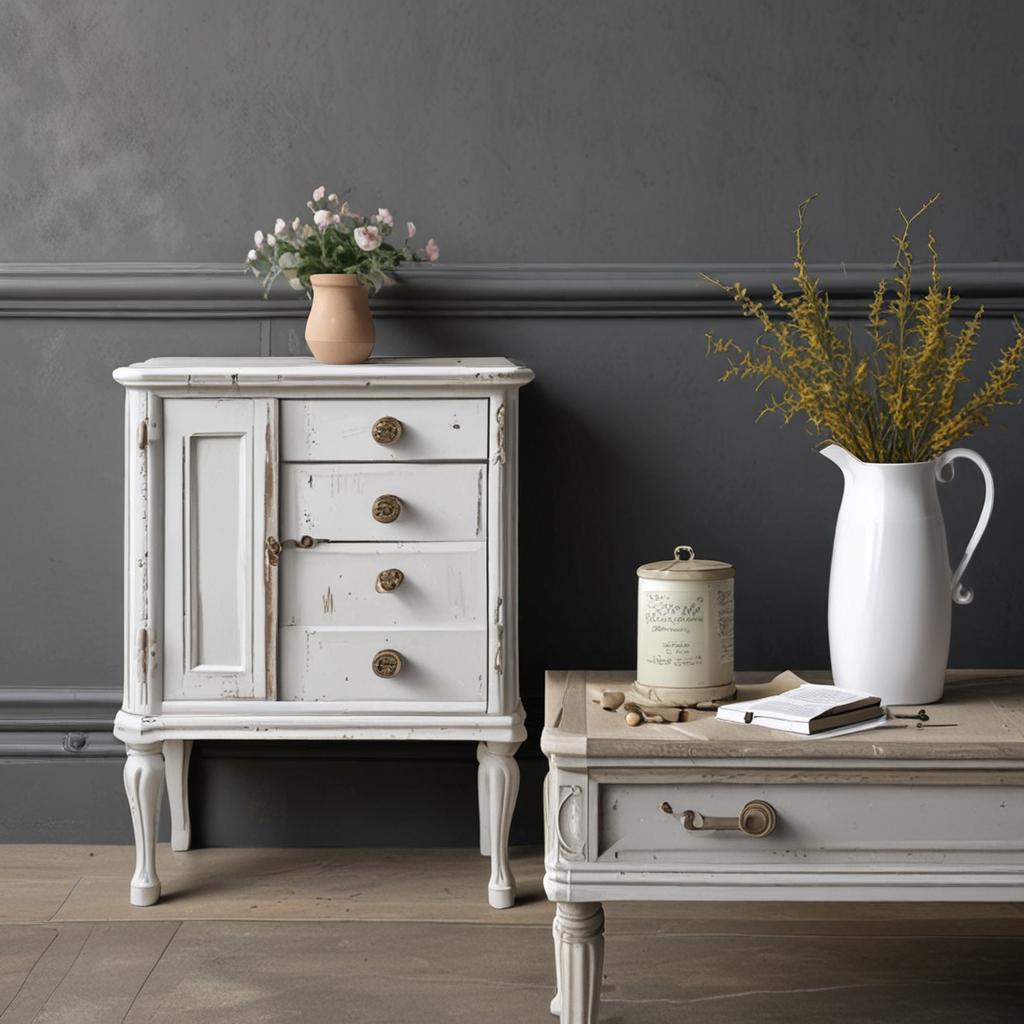
Creating Chalkboard Paint Variations
To create chalkboard paint, increase the chalk content to a 1:1 ratio with latex paint. Add bonding agents like white glue to ensure the surface remains writable and prevents flaking.
Alternative Methods for Making Chalk Paint
Using Cornstarch Instead of Chalk
If chalk powder is unavailable, substitute it with 1/4 cup of cornstarch for every 1 cup of latex paint. This method is more affordable and creates a durable finish.
Food Processor Method for Efficiency
For large batches or a smoother texture, blend the dry ingredients in a food processor before adding the paint. This ensures even distribution and a consistent mixture.
No-Chalk Chalk Paint Recipe
Replace chalk powder with baking soda or powdered marble for a similar matte finish. This is a great alternative if you’re looking for a slightly different texture.
Application and Drying Techniques
Preparing Surfaces for Chalk Paint
Before painting, ensure the surface is clean and dry. Light sanding can help achieve a smoother finish, though it’s not always necessary with chalk paint.
Painting Tips for Professionals and Beginners
Use a foam or brush applicator for even coverage. Apply 2–3 thin coats instead of one thick coat, allowing 1–2 hours of drying time between coats, depending on humidity levels.
Sealing for Longevity
To protect your painted surface, seal it with wax, polycrylic, or clear varnish. Apply the sealant with a brush after the paint has dried, then buff for a soft, durable finish.
Maintenance and Cleaning of Homemade Chalk Paint
Storing Your Paint
Store your homemade chalk paint in airtight containers in a cool, dry place. It typically lasts 1–2 months, though additives can extend its shelf life.
Cleaning Tools and Surfaces
Clean tools with water immediately after use. For spills, use a damp cloth to wipe them away, avoiding harsh cleaners that could damage the finish.
Fixing Mistakes in Application
If you notice drips or uneven strokes, sand the area lightly and touch it up with a small brush or dry-brushing technique.
Frequently Asked Questions (FAQs) About Making Chalk Paint
What is the best type of paint to use for homemade chalk paint?
Matte finish latex paint works best. Avoid glossy or semi-gloss varieties, as they don’t mix well with chalk powder.
Can I use chalk paint on non-porous surfaces like metal or plastic?
Yes, but ensure the surface is properly cleaned and sanded to help the paint adhere.
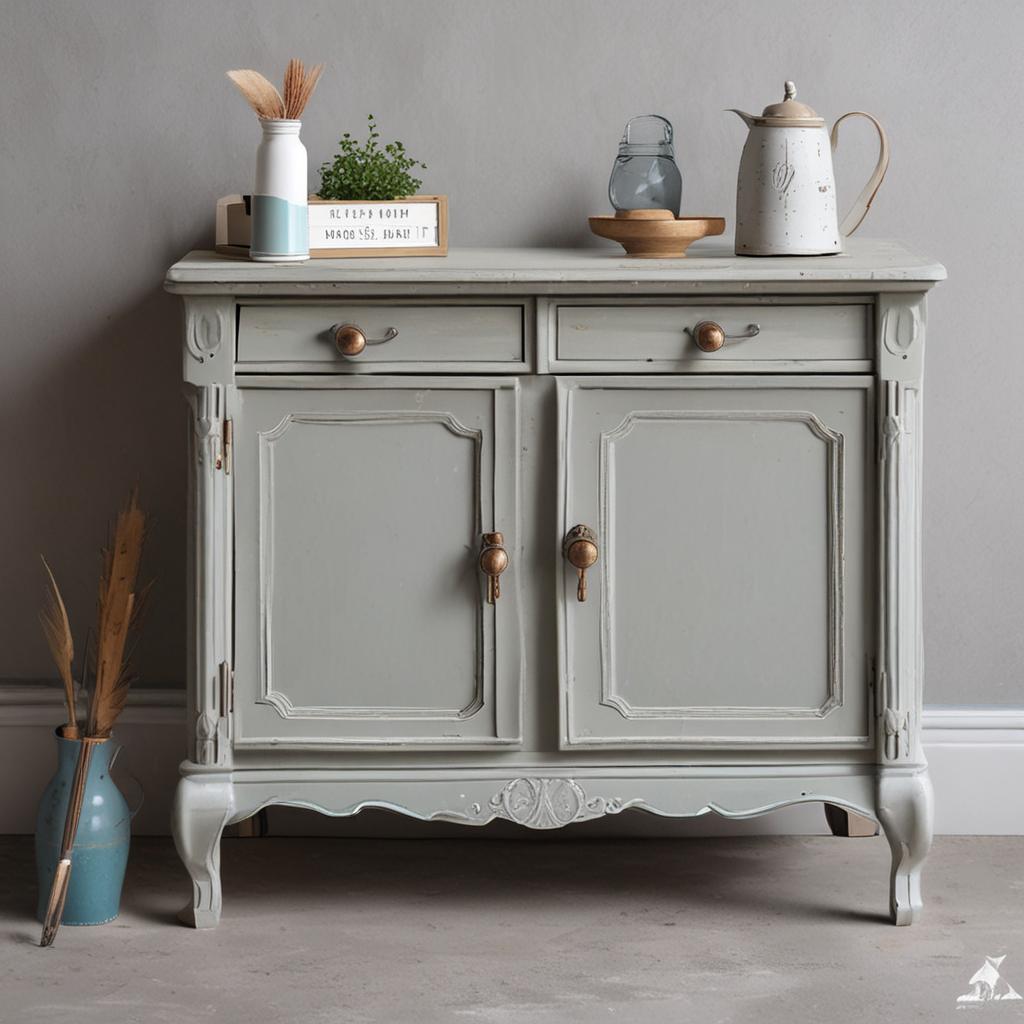
How long does homemade chalk paint take to dry?
Each coat takes 1–2 hours to dry, with full curing in about 24 hours.
Is homemade chalk paint as durable as store-bought versions?
Yes, especially when sealed with wax or polycrylic for added protection.
Can I add dyes or pigments to color my chalk paint?
Acrylic dyes or powdered pigments are safe to use. Avoid liquid additives that could alter the paint’s consistency.
Conclusion: Start Creating with Your Homemade Chalk Paint
Making your own chalk paint is a simple, budget-friendly way to bring your creative projects to life. With just a few ingredients and tools, you can customize colors, textures, and finishes to suit your style. Remember to clean your tools promptly and seal your painted surfaces for durability. We’d love to see what you create—share your projects or ask questions in the comments below!

